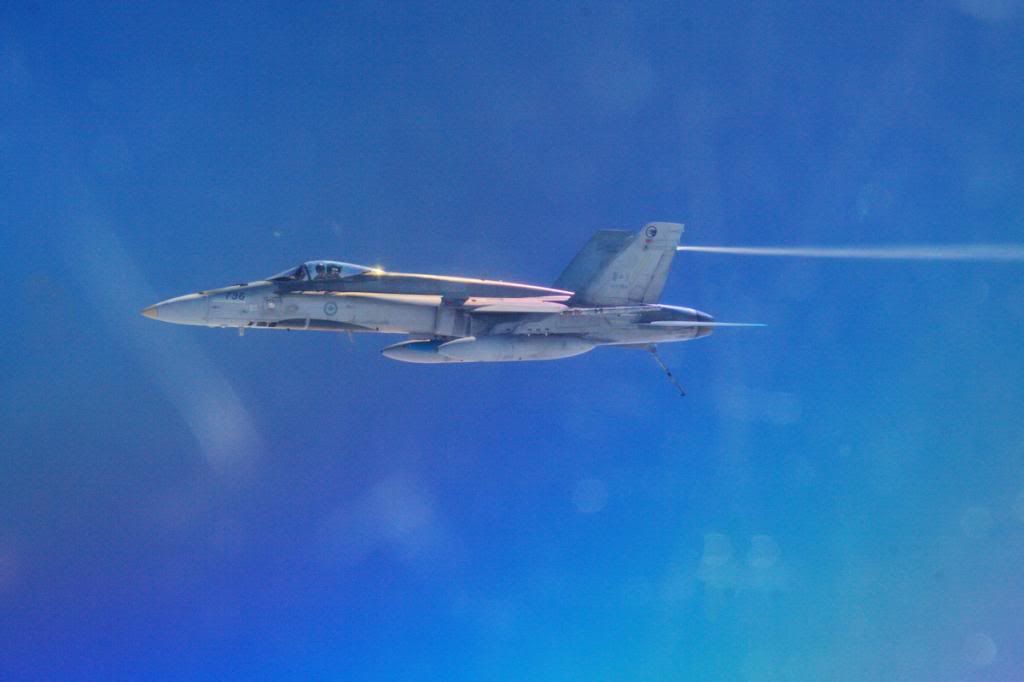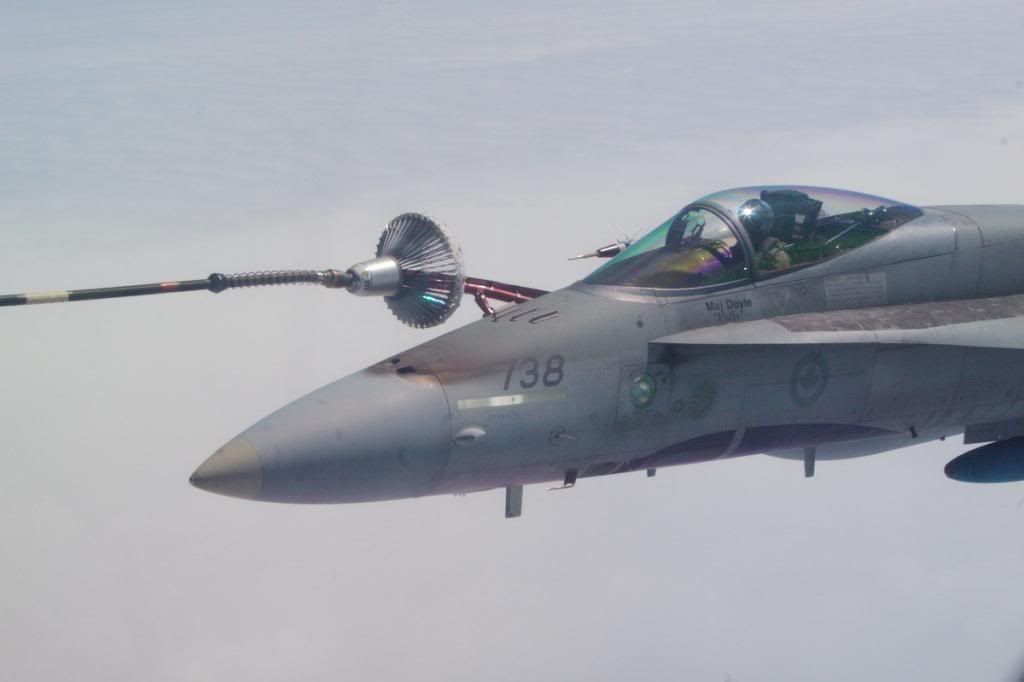This summer I'll have the opportunity fo fly over the Alps and the Lake of Como in a small airplane, which focal lengths are more useful to take photos of the sorrounding from an airplane? I can choose among a 16-35, a 24-70 and 70-200 - which one(s) are more useful?
You are using an out of date browser. It may not display this or other websites correctly.
You should upgrade or use an alternative browser.
You should upgrade or use an alternative browser.
Which focals for shooting from a small airplane flying over the Alps?
- Thread starter LDS
- Start date
I think they're all good for different images. However, You will probably end up having parts of the airplane in your images with the ultra-wide lens. If the plane is a low wing design, you may only end up having good telephoto opportunity.
Finally, if you know the pilot, try to make sure the windows are going to be clean and that you bring a polarizer to cut through windows reflections.
Finally, if you know the pilot, try to make sure the windows are going to be clean and that you bring a polarizer to cut through windows reflections.
Upvote
0
When I did a flight over the dunes in Namibia, I shot mostly with the 24-70 but that was based on the landscape. I was lucky to have a second body and had a 70-300 but that's a lot more difficult to get good shots based on speed of flight, jerkiness of ride etc.
For a couple of helicopter flights (Vic falls and rockies in Canada), I used the 16-35 and 70-200 (single body), so I swapped lenses during the flight...
It does depend on your style of photography, but if I could only have 1 lens it out of your list it would be the 24-70.
Few other tips
For a couple of helicopter flights (Vic falls and rockies in Canada), I used the 16-35 and 70-200 (single body), so I swapped lenses during the flight...
It does depend on your style of photography, but if I could only have 1 lens it out of your list it would be the 24-70.
Few other tips
- Be sure to use Tv or auto-iso, as you need to have approx. 1/1000th of a second speed to ensure you don't blur the shots (of course this depends on what direction you are shooting in relative to the plane).
- As mentioned - windows cleanliness and reflection, again of course watching out for the sun as well (glare).
- Check out the plane before and decide the best seating position - normally at the back or at the front, otherwise you will get the wings in a lot of shots
- Scout out the location before and see if there are particular areas - maybe even use google maps to give you the birds-eye view for planning if you can influence the pilot.
Upvote
0
Stu_bert said:When I did a flight over the dunes in Namibia, I shot mostly with the 24-70 but that was based on the landscape. I was lucky to have a second body and had a 70-300 but that's a lot more difficult to get good shots based on speed of flight, jerkiness of ride etc.
For a couple of helicopter flights (Vic falls and rockies in Canada), I used the 16-35 and 70-200 (single body), so I swapped lenses during the flight...
It does depend on your style of photography, but if I could only have 1 lens it out of your list it would be the 24-70.
Few other tips
- Be sure to use Tv or auto-iso, as you need to have approx. 1/1000th of a second speed to ensure you don't blur the shots (of course this depends on what direction you are shooting in relative to the plane).
- As mentioned - windows cleanliness and reflection, again of course watching out for the sun as well (glare).
- Check out the plane before and decide the best seating position - normally at the back or at the front, otherwise you will get the wings in a lot of shots
- Scout out the location before and see if there are particular areas - maybe even use google maps to give you the birds-eye view for planning if you can influence the pilot.
+1
- If you can get some influence, ask the pilot to fly an turn, lowering the wing on the side where you want to shoot
- Take care of smoke/hot air that is released from the engine, if it is an single engine or an plane, where the exhaust passes your photo motives
- Sometimes it helps to mount an flexible (rubber) lens hood (take care of vignetting), that cou can press against the canopy
- If possible, try quickly all three lenses when you seat in the plane - so you can imagine the visual field
- Take care of in which direction you shoot, if the sun is in your shooting direction, in canopy reflections can appear
- Best shots in the evening, when the sun is in an low position. Super effets from long shadows and warm light
- Carry some cleaning wipes for the canopy
Upvote
0
Thank you all for the precious advices, next week I'll apply them eventually, and let you know about it 
Upvote
0
LDS said:This summer I'll have the opportunity fo fly over the Alps and the Lake of Como in a small airplane, which focal lengths are more useful to take photos of the sorrounding from an airplane? I can choose among a 16-35, a 24-70 and 70-200 - which one(s) are more useful?
I have been fortunate enough to do air to air on three occasions, shooting over 450 frames of CF-18's from a RCAF Polaris re-fueler. For this I primarily used my 18-85 with some "distance shots" with my 70-200 2.8 IS. Depending on the actual flying conditions on the day the pilots will determine the limitations of proximity flying. I'd recommend that you use the 24-70 but carry the 70-200 on the day -just in case. Many aircraft have polarised glass IF the aircraft you are on has polarised glass DO NOT use a polariser as double polerising will create a "rainbow/prism" distortion on your images.
Addendum.
EXAMPLE OF WHAT I MEAN BY RAINBOW/PRISM DISTORTION "DOUBLE POLERISING"

Good luck on the shoot and take time to enjoy the view.
18-85MM SHOOTING AT A DISTANCE.

18-85.

70-200 IS ZOOMED IN.

Enjoy the shoot and enjoy the view-good luck.
Tom
Upvote
0
Similar threads
- Replies
- 18
- Views
- 4K
- Replies
- 19
- Views
- 13K
- Replies
- 24
- Views
- 7K
